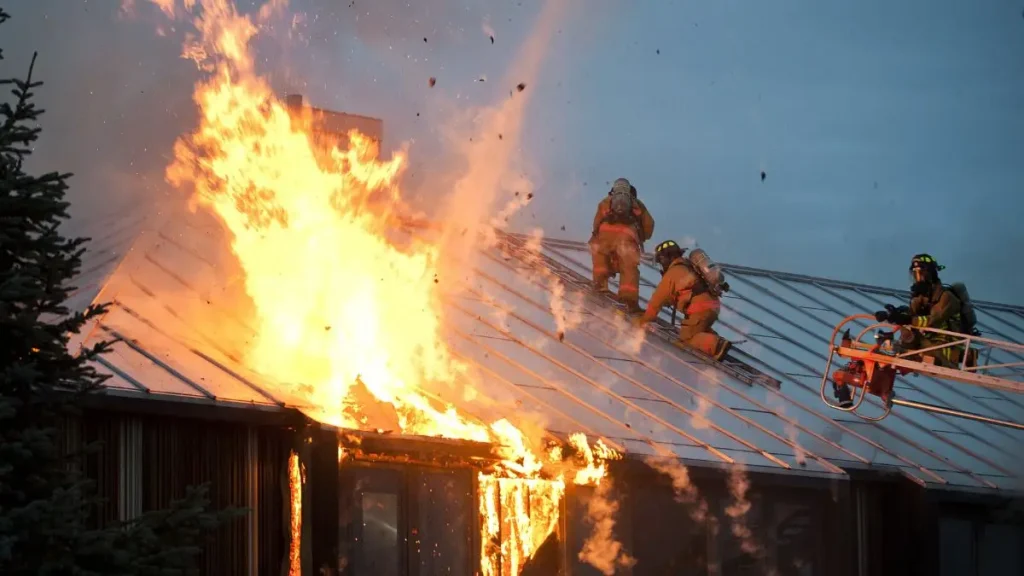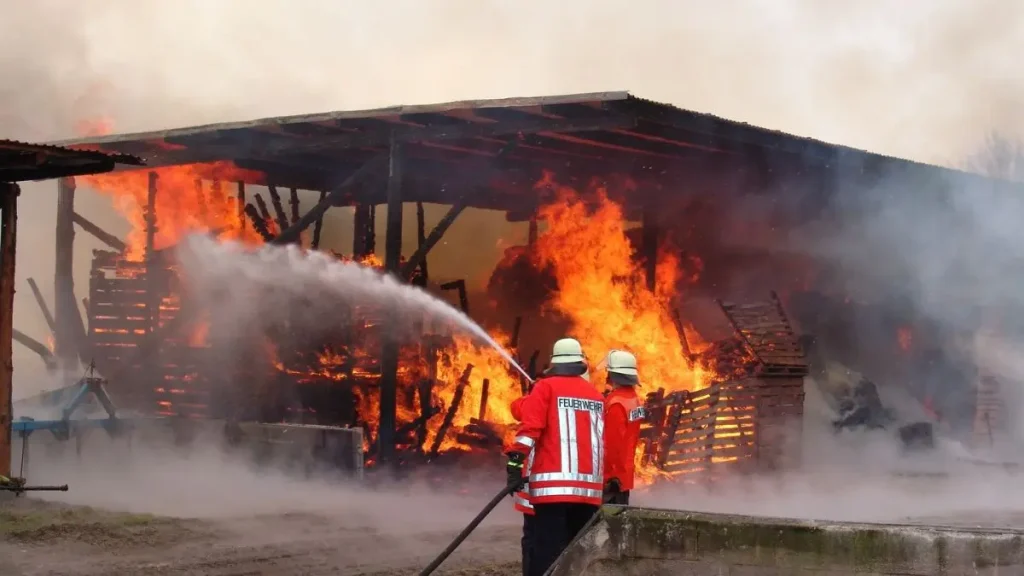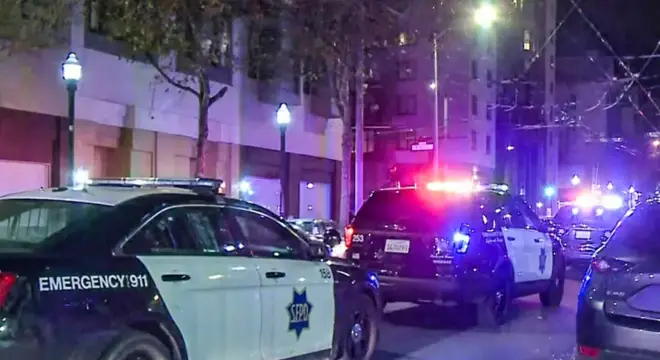East Moline Home Damaged in Fire, Five People Escape Unharmed
I checked the early reports and here’s the short, clear version so you don’t have to sift through scraps: at about 1:30 a.m. Tuesday, fire crews responded to a structure fire on the 3800 block of 1st Street in East Moline, where they were met with heavy flames and smoke coming from a home.
Two adults and three children escaped the house safely before crews had the fire under control — thank goodness there were no reported injuries. Right now the department says the cause is under investigation, and officials are collecting evidence and witness statements.
If you’re reading this and live nearby, that’s the core update you need: people are safe, firefighters responded quickly, and the neighborhood can expect follow-ups while the investigation continues. I’ll walk through the timeline, the damage, and what practical steps you should take next.
What Happened Early Tuesday Morning?

According to a report from WQAD, crews were dispatched to the 3800 block of 1st Street in East Moline just after 1:30 a.m. Tuesday. When they arrived, they found flames breaking through the front of the home and heavy smoke already filling the street.
I’ve covered enough fire scenes to know that those first few minutes decide everything. In this case, the response was fast — firefighters got water on the structure almost immediately and stopped it from spreading to neighboring houses.
Officials told WQAD that the cause of the fire remains under investigation, and crews stayed on site for several hours to make sure no hot spots flared back up.
If you live in the area, you might’ve noticed sirens or flashing lights before dawn; that’s when the scene was active and the street was briefly blocked off for safety.
Inside the Escape — How the Family Got Out
KWQC reported that two adults and three children managed to escape the burning home before firefighters arrived. A battalion chief from the East Moline Fire Department confirmed that all five residents made it out without injuries.
You can picture that moment — middle of the night, alarms blaring, smoke creeping in, parents rushing to get their kids outside. It’s terrifying, but it’s also proof that quick action and working alarms save lives.
The family was checked on scene by medics and released shortly after. Crews then searched every room twice to ensure no one else was inside.
Whenever I hear stories like this, I can’t help but think: would I react as fast? Would you? That’s why keeping alarms functional isn’t just a safety tip — it’s a lifesaver.
Quick thinking saved lives here — just like in a tragic Hartford multifamily fire earlier this year, where delays made all the difference.
How Firefighters Contained the Blaze?
Fire crews from multiple East Moline stations responded within minutes. They pulled lines, vented the roof to release heat, and attacked the flames from both the front entry and side windows. According to department updates, the blaze was contained before it reached neighboring homes — a big win considering how close some houses sit on that block.
By sunrise, investigators were already inside, cutting out burnt sections of drywall and tracing electrical lines to identify where the fire began. The department said the structure suffered significant smoke and heat damage, but the foundation remains intact.
It’s a reminder of how methodical these crews have to be. They don’t just put out fires — they protect what’s left and gather clues to prevent the next one.
Local updates about safety alerts, weather warnings, and quick emergency tips are often shared through verified community channels on WhatsApp — worth following if you like staying one step ahead during fire season.
What This Means for You — Staying Fire-Ready

If there’s one thing to take from this East Moline house fire, it’s how small habits decide outcomes. Working smoke alarms, a simple escape plan, and knowing where your kids’ rooms connect to exits — those are the things that turn a near-tragedy into a survival story.
The National Fire Protection Association notes that three out of five home-fire deaths happen in places without working smoke alarms. Test yours once a month, change batteries yearly, and replace the unit every ten years.
Also, make sure every family member knows two ways out of each room. Nighttime fires give you seconds, not minutes.
So, let me ask — when was the last time you tested your smoke alarm?
Ongoing Investigation — What Officials Are Looking At
Right now, the East Moline Fire Department is digging into what started the blaze. They haven’t named a cause yet, but based on similar cases I’ve followed, investigators usually begin by checking electrical wiring, heating equipment, or kitchen areas — the most common ignition points in early-morning fires.
You’ll probably see crews returning to the property this week, taking photos and cutting away damaged material to trace the burn pattern. That’s how they figure out whether the fire came from inside the walls or from something as simple as a space heater or overloaded circuit.
Once the investigation wraps, the department will release a short summary — often just a paragraph — confirming the source. Until then, it’s smart not to speculate. If you live nearby and noticed anything that night, you can always call the East Moline Fire Department’s non-emergency line; they usually welcome firsthand observations.
We’ve seen similar recoveries after major fires — like the Long Island home fire that displaced ten people but sparked a strong local response.
East Moline Fire Trends — How Common Are These Incidents?
It might surprise you, but East Moline and the broader Rock Island County area see a few residential fires every month, especially as the weather cools. According to recent data from the Illinois State Fire Marshal’s Office, the state averages over 10,000 residential fires each year.
Most of them start in kitchens, followed by heating systems and electrical faults. October through February tends to be the danger window — heaters come back on, space heaters re-appear, and wiring gets tested by cold weather.
Looking back, East Moline had at least two notable fires in 2024, both linked to electrical failures. So this latest one isn’t isolated — it’s a reminder that even small cities face the same risks larger metros do.
Understanding that pattern helps you spot risks at home before they turn into sirens at 1:30 a.m.
Similar late-night blazes have happened across the country — a West Virginia home fire recently left families displaced before sunrise.
Recovery and Support — What Happens Next
For the family who lived on 1st Street, the next few days will be messy — insurance calls, smoke cleanup, and figuring out what’s salvageable. If you’ve ever gone through fire damage, you know it’s not just physical loss; it’s emotional clutter too.
Typically, the American Red Cross steps in right away, helping families with short-term lodging and basic needs. Local community groups sometimes follow up with donations or meal drives. If you want to help, keep an eye on neighborhood Facebook pages or city bulletins; verified fundraisers usually appear there first.
And here’s something people often forget: after a fire, even rooms untouched by flames can hold toxic soot. Professionals recommend deep cleaning or temporary relocation until the air quality clears. It’s worth mentioning in case you ever face a similar situation — safety doesn’t end when the flames go out.
If you’re interested in reading more real stories of resilience and recovery after house fires, visit our Home Incidents section — every story carries a small lesson worth remembering.
Disclaimer: Information in this article is based on early reports from the East Moline Fire Department and local reports. Details about the cause and damage may change as the investigation continues. Readers are encouraged to follow official updates for the latest verified information.


